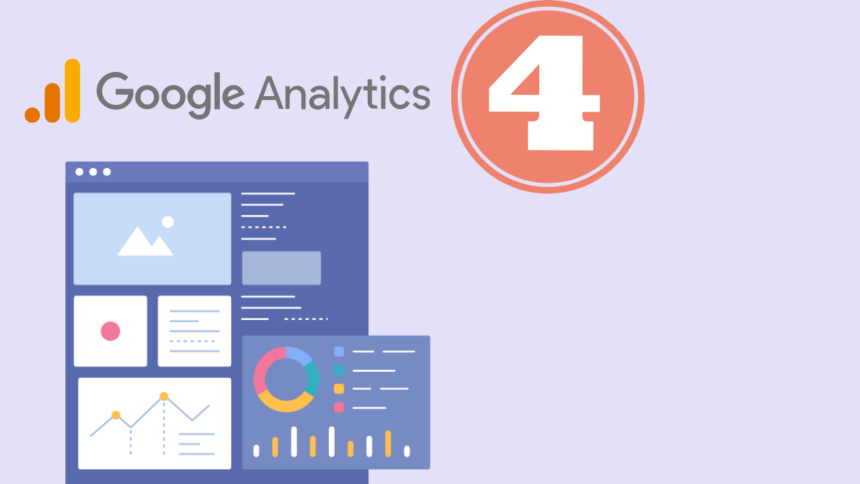Google Analytics is one of the most important tools you can use as a marketer. The ability to understand your audience and how they interact with your site is crucial to optimizing your efforts and increasing conversions, which in turn means more money for your business.
That’s why it’s important to pay attention to any updates that come out with Google Analytics!
The latest update from Google launched late last year, so here’s what you need to know about new features in Google Analytics 4: why they matter, how to set them up, and what metrics they’ll help you with moving forward.
Goals Overview
The new Goals feature helps you understand which of your pages are most valuable to users. By understanding your most important pages, you can make sure they have all of the ingredients they need to perform well and convert traffic into action.
You can create up to 20 goals per view and 100 goals total per account. In order for a goal conversion to be counted, a visitor must interact with a page element (or elements) that has been assigned as part of a goal.
If you assign multiple interactions, any one interaction will count toward reaching that goal and will register as a conversion for reporting purposes. The more specific your goals are, however, more likely it is that you’ll see clear results from actions taken on those pages.
Multi-Channel Funnels
If you’re trying to measure how your website is influencing people and where they go next, a multi-channel funnel is exactly what you need. A multi-channel funnel tracks users as they convert on different platforms across various touchpoints with your company.
Traditionally, these funnels were incredibly difficult for marketing teams to setup but with updated tools in Google Analytics it’s now easier than ever. The only downside? You might get even more data than you could possibly imagine! To implement multi-channel funnels you’ll want to set up goals or conversion tracking and use web based destination URLs.
For example, if someone visits your site via an ad and then later converts through email you can track that using web based destinations. This will allow you to see which channels are working best for your business and which ones aren’t.
Cohort Analysis
Understanding cohorts means you can better evaluate how many users came from your paid, organic and referral sources. That way, if you decide to invest more heavily in one area (say, paid acquisition), you’ll be able to measure if that change pays off.
One of the most liked tool within Cohort Analysis is Behavior Flow , which shows you where users drop off on your site.
For example, you might discover that 60% of new visitors who arrive at your site via a specific source don’t complete one action (e.g., view a product or click through an ad). This information gives you insights into whether it’s worth investing more into that acquisition channel or not.
Audience Segments
In addition to being able to target specific sites, Google has also added more control over audiences. You can now define custom audiences for people that visit your site on their phones and then target them with different ads if they come back on a tablet or desktop computer.
More importantly, you can target certain audience segments with remarketing ads if they’ve visited your site before and match them up against visits from other sites based on a unique ID number that advertisers get when someone signs up for remarketing.
The combination of these two new features makes it much easier for brands to connect with consumers across devices—something mobile-oriented marketers have been craving.
Ads Performance Reports
How many times have you clicked on an ad and it brought you to a page where there were two or three more ads that you had to click?
This doesn’t make for a great user experience, and worse, if you paid for ads that are poorly performing, then these costs can quickly add up. Thankfully, your Google Analytics data will now include information about ad performance from DoubleClick Bid Manager.
So if a particular ad isn’t getting click-throughs or conversions, be sure to check out its performance report for information about why. You may even want to consider eliminating underperforming campaigns so your resources aren’t being spent on things that don’t bring traffic or leads.
For those of you who pay for search engine marketing, bids in AdWords can also be measured through Google Analytics reports. The addition of AdWords bid data is also helpful because when combined with search query data, it provides insights into how effective certain keywords are at bringing users to your site (and ultimately how much they’re worth).
It also provides insight into which keyword searches generate higher bounce rates—that is, users who come to your site but leave without interacting with any pages—which could indicate ineffective content on those pages.
If a high percentage of visitors are coming from searches with low conversion rates, that would suggest either problems with landing pages or possibly competitors bidding higher than you for keywords that result in low conversion rates.

